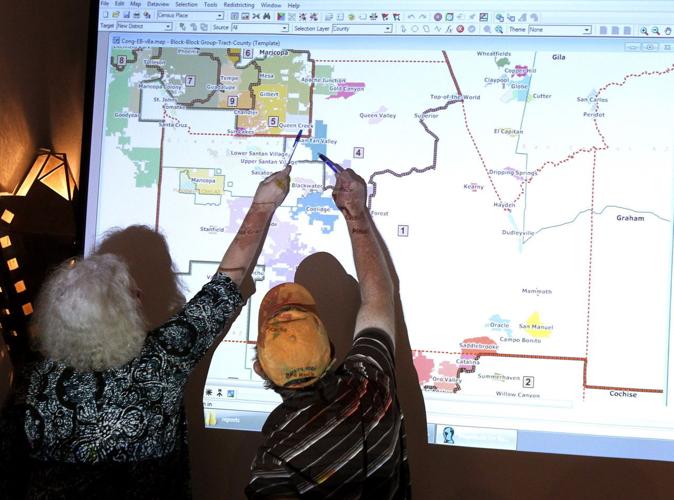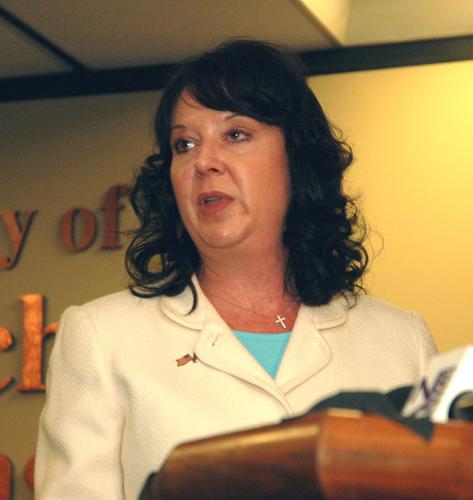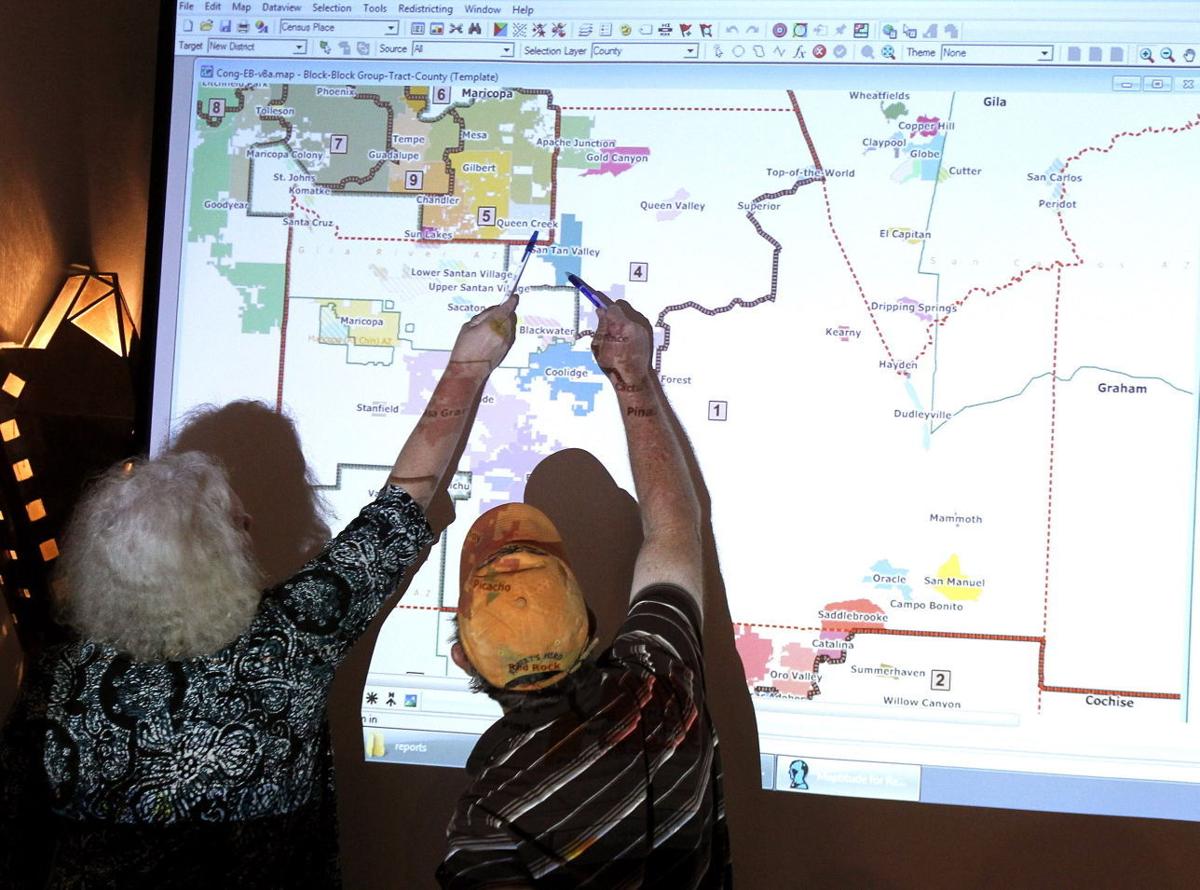PHOENIX — Rejecting Republican claims of political bias, the U.S. Supreme Court ruled Wednesday there is nothing unconstitutional about how a commission drew the state’s 30 legislative districts.
In a unanimous decision, the justices said the U.S. Constitution requires states to “make an honest and good faith effort to construct legislative districts as nearly of equal population as is practicable.” And they acknowledged the lines drawn by the Independent Redistricting Commission following the 2010 census created districts of unequal population.
They even conceded the final maps actually created a situation that could be seen as making it easier for Democrats to get elected to the Legislature.
But Justice Stephen Breyer said that does not mean the commission acted illegally.
“The Constitution … does not demand mathematical perfection,” he wrote for the court. Breyer said that in determining what is “practicable,” states can vary from the idea for “legitimate considerations.”
And in this case, Breyer wrote, the evidence showed the redistricting commission drew the lines the way it did to comply with the federal Voting Rights Act.
That law makes it illegal for states to alter voting practices — including district lines — in a way to dilute minority voting strength. And Breyer said there is evidence that the commission wanted to be sure to maintain at least 10 legislative districts where minorities would have at least an ability to elect someone of their choosing.
Until 2000, legislative and congressional districts were crafted by state lawmakers. That often resulted in lines designed to benefit the majority party and its candidates.
That year voters created the Independent Redistricting Commission of five members, four chosen by leaders of the two major political parties and those four selecting a fifth. The law requires commissioners to create districts that respect communities of interest, use county boundaries when possible, create as many politically competitive districts as possible and have districts of equal size.
Using 2010 census figures, each legislative district should have an “ideal” population of about 213,000. But the commission, by its own admission, had districts ranging from 203,026 to 220,157.
Attorney Mark Hearne, representing a group of individual Republican voters in the lawsuit, argued the disparities were purposely created for political purposes.
He said the commission moved around lines in a way to remove Republicans from some districts. Hearne said that left those now-underpopulated districts with a higher proportion of Democrats, giving candidates from that party a better chance of getting elected.
Breyer, however, said Hearne never proved that point, with the justices instead accepting the commission’s arguments it was trying “to achieve compliance with the federal Voting Rights Act, not to secure political advantage for one party.”
The justice did not dispute that the final maps may have given Democrats an edge. But Breyer said that was a logical outcome of the goal of creating as many legislative districts as possible where minorities might have a chance to elect someone of their choosing.
“That fact may well reflect the tendency of minority populations in Arizona in 2010 to vote disproportionately for Democrats,” Breyer wrote.
Secretary of State Michele Reagan joined the legal challenge when the case went to the U.S. Supreme Court. Attorney General Mark Brnovich, who argued on the state’s behalf, did not argue claims of partisanship. Instead, he told the justices such disparities are illegal, even to comply with the Voting Rights Act.
Breyer rejected that argument, pointing out a long-standing rule that population differences of less than 10 percent will not be overturned by the court when a state can show legitimate reasons. And trying to meet the requirements of federal law, he said, is legitimate.
Despite the clear defeat, Reagan declared Wednesday’s ruling a victory.
“With a clear definitive 10 percent deviation rule we hope future IRCs will be less hyper-partisan,” she said, ignoring the parts of Breyer’s ruling that said the 10 percent standard is not new — and that no one ever proved the lines were drawn for partisan purposes.
Brnovich was more restrained in his response to the 8-0 ruling in favor of the commission.
“I thought we made a compelling case,” he said. He also said the decision — barely 11 pages — was narrow and tailored to the facts of this case.
“So I’m not sure how much precedential value it will have in the future,” he said. And Brnovich said that while the justices found what the commission did here legal, he believes it still leaves the door open for future claims of illegal “partisanship gerrymandering,” whether from Arizona or elsewhere.
In arguing to the high court, Hearne cited Legislative District 8. It stretches from Casa Grande through Florence and the San Tan Valley, all the way to Globe in one corner and Oracle in the other.
Some last-minute changes in the maps also put it below the “ideal” population, a change that Hearne said were designed to increase the electoral chances for Democrats.
Breyer noted, however, that a specialist hired by the commission said making that change would create an 11th “ability to elect” district for minorities. That, in turn, would increase the odds that the Department of Justice would give “preclearance” to the maps, something that was required at that time.
Breyer acknowledged that the Supreme Court subsequently voided that part of the Voting Rights Act that had required Arizona to get “preclearance” for its maps. But he said that did not invalidate the commission’s decisions.
“At the time, Arizona was subject to the Voting Rights Act, and we have never suggested the contrary,” he wrote.
And as far as LD 8 turned out, the district is far from a Democratic lock. While voters elected Democrat Barbara McGuire to the state Senate, the two House seats are occupied by Republicans Frank Pratt and T.J. Shope.







